Assessment of the ecological impact of metal and salts mining effluents on freshwater bodies
dc.contributor
Centre Tecnològic BETA
dc.contributor.author
Vendrell Puigmitjà, Lidia
dc.date.accessioned
2021-12-16T08:31:52Z
dc.date.available
2022-01-26T02:00:09Z
dc.date.issued
2021-07-30
dc.identifier.uri
http://hdl.handle.net/10803/672961
dc.description.abstract
Les activitats mineres han estat crucials per al desenvolupament econòmic i social d’Europa al llarg dels segles. No obstant, avui en dia a Europa hi ha més mines abandonades que operatives que causen greus impactes sobre els ecosistemes aquàtics, principalment mitjançant l’abocament incontrolat, i encara no regulat, d’efluents contaminants, essent d’especial preocupació els efluents hipersalins i metàl·lics. En la present tesis, els biofilms aquàtics s’han fet servir per avaluar l’eficiència de diferents tecnologies de tractament (en el cas dels efluents metàl·lics) i diferents dilucions (per als efluents salins), per reduir els seus impactes ens els ecosistemes aquàtics. Els resultats demostren la viabilitat d’utilitzar els biofilms com a bioindicador, especialment l’ús de les variables funcionals del biofilm, essent les que van respondre més ràpidament a l’estrès i la recuperació. Per altra banda, aquesta tesi proporciona noves evidencies per a determinar els llindars de salinitat a partir dels quals els impactes sobre les els ecosistemes aquàtics poden assolir un punt de no retorn.
dc.description.abstract
Mining activities have been crucial for the economic and social development of Europe over the centuries. However, nowadays there are significantly more abandoned than operational mines in Europe, which cause serious impacts on freshwater ecosystems mostly through the uncontrolled and still non-regulated discharge of polluted effluents being of special concern hypersaline and metal effluents. In the present thesis, aquatic biofilms have been used to evaluate the efficiency of different treatment technologies (in the case of metal effluents) and different dilutions (for saline effluents), to reduce their impacts on the aquatic ecosystems. The results demonstrated the feasibility of using biofilms as a bioindicator, especially the use of the functional variables of the biofilm, being the ones that responded faster to stress and recovery. On the other hand, this thesis provides new evidence to determine the salinity thresholds from which impacts on aquatic ecosystems can reach a point of no return.
dc.format.extent
481 p.
dc.format.mimetype
application/pdf
dc.language.iso
eng
dc.publisher
Universitat de Vic - Universitat Central de Catalunya
dc.rights.license
L'accés als continguts d'aquesta tesi queda condicionat a l'acceptació de les condicions d'ús establertes per la següent llicència Creative Commons: http://creativecommons.org/licenses/by/4.0/
dc.rights.uri
http://creativecommons.org/licenses/by/4.0/
*
dc.source
TDX (Tesis Doctorals en Xarxa)
dc.subject
Biofilms
dc.subject
Indicadors biològics
dc.subject
Diatomees
dc.subject
Salinitat
dc.subject
Mines
dc.subject
Efluents miners
dc.subject.other
Ecosistemes aqüatics
dc.title
Assessment of the ecological impact of metal and salts mining effluents on freshwater bodies
dc.type
info:eu-repo/semantics/doctoralThesis
dc.type
info:eu-repo/semantics/publishedVersion
dc.subject.udc
574
dc.contributor.director
Llenas, Laia
dc.embargo.terms
6 mesos
dc.rights.accessLevel
info:eu-repo/semantics/openAccess
dc.description.degree
Programa de Doctorat: Ciències Experimentals i Tecnologies


